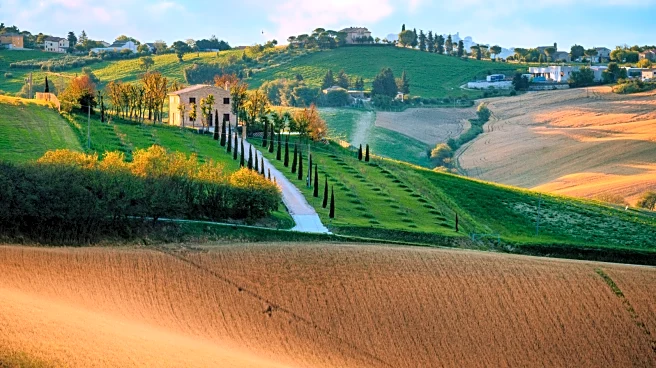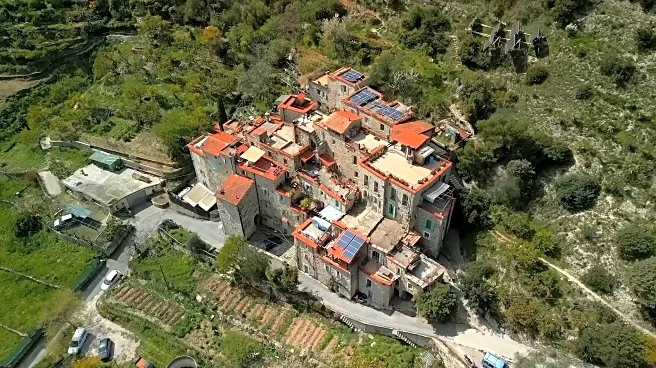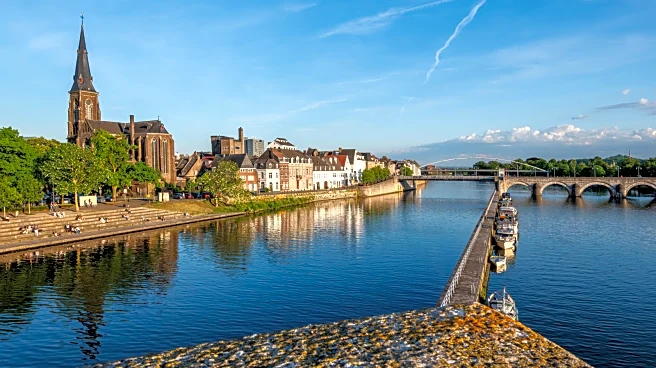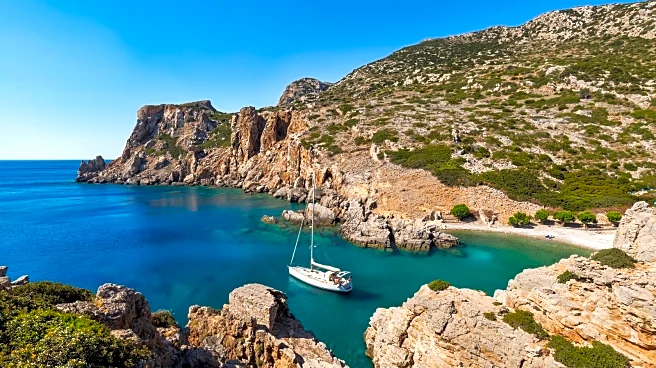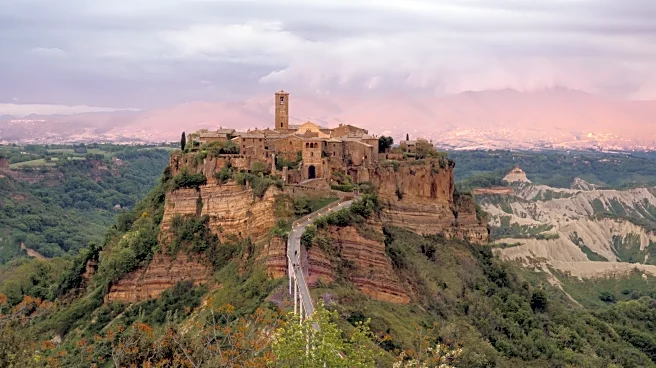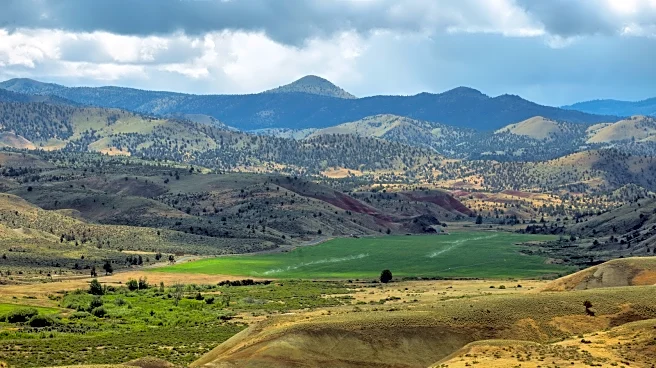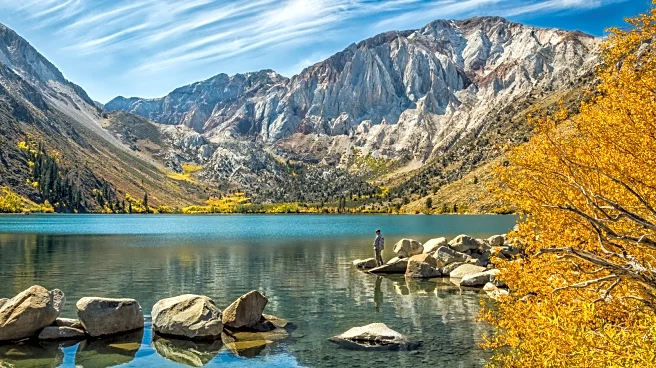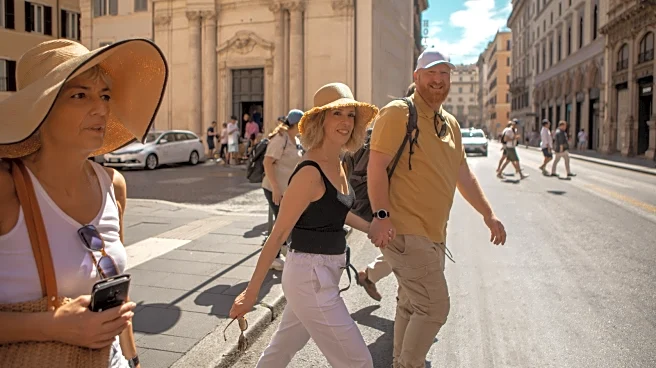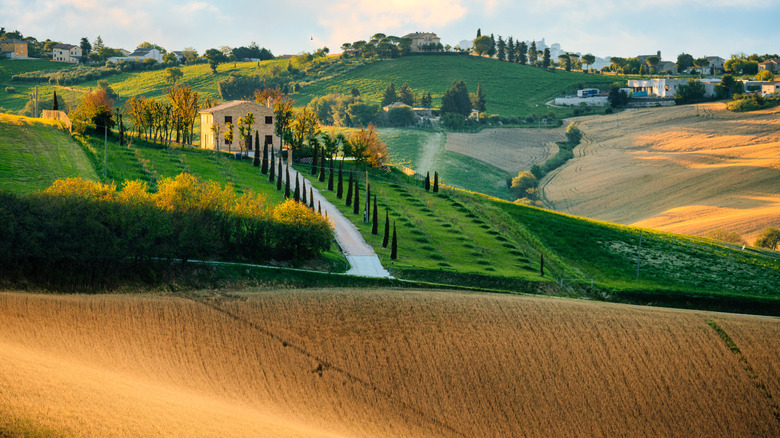
Tuscany is quintessential Italy. Honey-hued hill towns, vineyards that roll on and on to the horizon, villas framed by slender cypress trees — it's all here. Hailed as the very best region for wine lovers, boasting hidden hot springs with bright blue waters, and fairy-tale villages like San Gimignano, it's not among the most-visited places on the boot for nothing. But with crowds come the inevitable price hikes, and today Tuscany is ranked among the country's most exclusive destinations. But there's
a secret: Another region right next door that has just the same gorgeous landscapes, rustic charm, and fantastic farm-to-table food, only for a fraction of the cost. Welcome to Le Marche.
Le Marche spans the Central-Eastern portion of Italy, spreading up the coast of the Adriatic Sea on one side, butting up to the great spine of the Apennine Mountains on the other. It's nowhere near as well-known as its Tuscan compadre and remains something of an off-the-beaten-path cut-out of the land of pizza and pasta. But there are treasures aplenty within. Yep, from hiking the jagged tops of the Monti Sibillini to lazing on the sands of the rivieras, sipping espressos in moody hill towns to unraveling Renaissance history in the ancient centers, there's lots on the menu.
Getting here also shouldn't be too much of a chore. Marche's central location in Italy means you can drive over from Rome in just 2.5 hours, and come all the way down from Venice in just a little over 3 hours. But there are also airports and ferry ports right on the doorstep of Le Marche itself. Take the city of Ancona. That has connections to major European hubs on low-cost airlines, along with ferries that link to Croatia, Greece, and Albania across the Adriatic.
Read more: The Most 'Overtouristed' Places In Europe
Be Charmed By The Hill Towns Of Le Marche
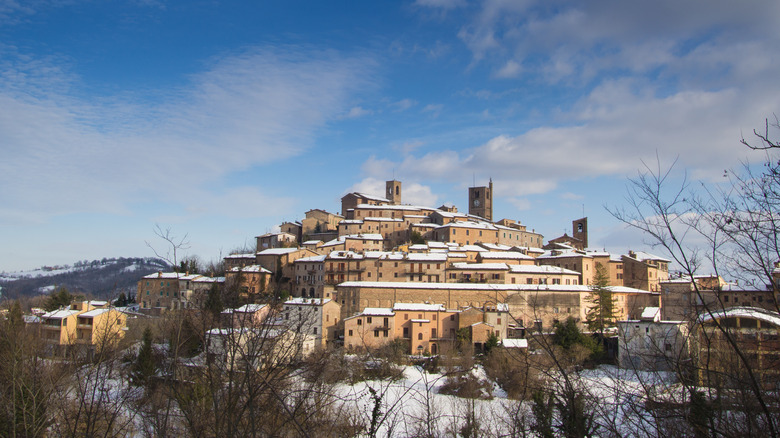
Downright gorgeous hill towns speckle the hills of Le Marche like the jewels of a tiara. They're one of the defining highlights of the region, dotting the undulating peaks and troughs of the area all the way from the mountains to the sea. There are tens to get through, so you can fill whole trips simply hopping from hill town to hill town if you like.
One of the most celebrated is little Cingoli, the fabled "Balcony of the Marche." Home to just 10,000 people, it straddles a ridge over 2,000 feet above sea level. From there, it has views that shoot out across the hills and the Apennine mountains, encompassing farms and wineries and beige-tinged wheat fields for as far as the eye can see. When you're done with the panoramas, turn around and get lost amid the piazzas and basilicas that jostle for space in the medieval center.
Sarnano is even nearer to the high peaks, deep in the west of the region. It's known for its centuries-old homes that are built like bridges over the narrow cobblestones of the main streets, and for the come-take-photos-of-me Piazza Alta that tops out the town. Nearby, you can hike and splash in gushing waterfalls that spill down from the massifs. On Thursdays, a local farmer's market fills the streets with stacks of muddy tomatoes, fresh veg, pungent Italian cheeses, and more.
The Pull Of The Marche Mountains
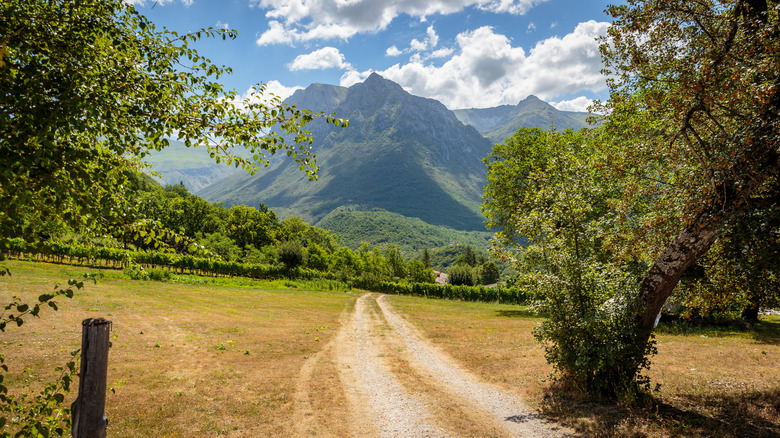
The Le Marche coastline is a hubbub of resorts that pack out with sunbathers and revelers when the summer hits. You can escape all that by heading directly west across the region to where the mountains rise and rise to meet the 8,100-foot ridge of the Sibillini, a subrange of the great Apennines that run virtually the whole length of Italy from tip to toe.
The Monti Sibillini National Park is the culmination of the chain. It spills across the border between Le Marche and the underrated summer holiday gem of Umbria, offering up countless hiking paths that weave through cultural hotspots and alpine mountain basins alike. One trail goes from the Marche village of Ussita to the plateaus of Monte Cornaccione, where rare chamois species still reside. Another leg-busting, 6.2-mile romp whisks you to the top of Monte Vettore, the highest in the whole range.
Umbria's mountains also give the gift of hot springs. Some have been drawing bathers since the age of the Romans, such as the natural gorge springs of Acquasanta Terme in the south of the province. They beckon in a canyon along the Tronto River beside an old town center, offering multiple places to soak between the trees and simply chill.
Ready to discover more hidden gems and expert travel tips? Subscribe to our free newsletter for access to the world's best-kept travel secrets.
Read the original article on Islands.
